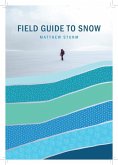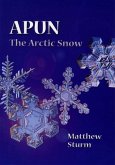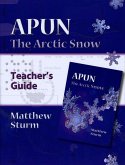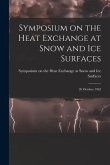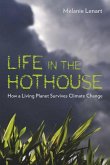Colorado is, without fear of exaggeration, world-famous for its skiing. And rightfully so. With some of the most legendary ski resorts in the world - Aspen, Breckenridge, Steamboat, Telluride, and Vail, to name only a few - as well as great backcountry skiing, and with its famed dry powder, few places on Earth can compare to the volume and quality of Colorado skiing. But snow is the result of weather. And, as every person knows, weather can be unpredictable. Whether you live in the Centennial State and ski every day, or you are planning a once in a lifetime ski trip to Colorado, the quality of the skiing on any given day will be dependent upon the snow and weather. The goal of this book is to provide you with a road map on the best ideas about when and where to ski in our great state and how to find and ski as much powder as possible.While there is lots of powder in the Colorado Mountains, it is no easy task to predict when and where you'll find the most and best of it. As the old joke goes: "meteorology makes astrology seem like a hard science." But this is only a joke - everyone knows that reliance on a weather forecast is far more predictable than reliance on a horoscope - even if forecasts are frustratingly wrong more often than we'd like them to be. Slowly but surely, forecasting snowfall is improving. And, there are always better places than others to find good powder. Indeed, there are predictable long-term patterns in snowfall. The more you know about meteorology and climatology, the easier it is to hunt for powder. The first part of this book (chapters 1-6) is an introduction to basic meteorology and the five methods by which snow is produced in Colorado. The second part of this book (chapters 7-9) is a quick look at the micro scale of snow, the macro scale of weather, and combining all the concepts of the first two parts of the book into a discussion of one of the great blizzards of this century so far. With these meteorological concepts out of the way, the third part of the book (chapters 10-12) discusses weather models, which constitute the backbone of every weather forecast. The fourth part of the book (chapters 13-17) discusses both home weather forecasting and following the professional forecasters. The first four parts of the book only get to the point when the snow is falling, but you're not skiing falling snow. Rather, in order to hunt powder once the snow is on the ground, it's important to understand how wind and temperature affect the snow that has fallen, which is the focus of the fifth part of the book (chapters 18-21). The sixth part of the book (chapters 22-26) discusses Colorado's snow climate regions and provides additional tips on hunting powder based upon forecasts and how best to find powder once you are skiing at a ski resort. The seventh part of the book (chapters 27-31) discusses some of the myriad of dangers involved with powder hunting. The eighth and final portion of this book (chapters 32-34) sums up how to find some of the non-powder joys of skiing - hunting groomers, hunting corn snow, and hunting sand. (That's right, I said hunting sand.)Based upon science, experience, and entertaining anecdotes, in this book ski patroller and backcountry skiing guidebook author Jordan Lipp provides the definitive guide to hunting powder.



